Since my return to film photography I’ve quickly found out how much money I could spend on the stuff, especially given the variety out there now! And that’s fine really – it’s part of the hobby and makes beautiful images that can’t be erased with a magnet or a corrupted drive. However, with my annual summer holiday approaching fast I discovered a new kind of anxiety around film photography…
What happens if I run out of film on holiday!! Film isn’t available in every town/village like it was up until the millennium… ish. I spent more time than is healthy thinking about how much film I should take and what sort. I shoot all B/W so at least I didn’t have the choices around colour film in the mix but still – how much film and how many cameras! Sroyon has helped with the latter in this article so I was back to the former.
Buying more than I knew I’d need seemed the obvious answer but that was going to hurt my wallet quite badly. The obvious answer for me was to buy a bulk roll and have that small saving you get from buying like that plus the security of knowing I wouldn’t run out of film. Great.
Now… I knew I had a bulk film loader somewhere in my loft but it turned out that loader is as much a master of evasion as my darkroom masking frame, which I’ve mentioned in a previous article here. “OK, I’ll just buy another one” I thought. Then I saw the prices of them and my wallet cringed in horror… or at least I did because I struggle with spending my cash on anything photographic that doesn’t have a pretty lens attached to it.
I remembered the loaders we used to have when I worked in the industry back in the ‘90’s – Watsons and Konica ones. I much preferred the Konica loaders but nowadays they’re even more expensive than Watson style ones!
Then I remembered my first job at the Royal London Hospital Medical College as a trainee medical photographer (1989!!) In those days there was no electronic projection or Powerpoint… I think even Harvard Graphics was only in it’s infancy then. And we were a prominent medical education establishment, so much of the work of our small team involved creating teaching slides for projection.
These were created through the painstaking process of using a Kroy machine (effectively a larger and posher version of a dymo labeller) to create black lettering that was stuck onto white paper. Each sheet was then photographed onto lith film and the subsequently developed lith film was then contact-printed using ultraviolet light onto Diazo film. Then came the fun part of developing the Diazo film using industrial ammonia (once one of our team accidentally kicked over a 2 gallon glass bottle of the stuff in the darkroom and we all had to evacuate and go home for the day!) The result was lovely blue slides with white lettering, which we mounted into glass slide mounts for projection.
Anyway I digress… we had to use varying lengths of lith film depending on the size of the job. Since the film wasn’t sensitive to red light it could be handled in a normal darkroom and much faster than using a bulk loader was to have wooden lathes stuck to a table in the various lengths needed to measure out the film for 12, 24 and 36 exposure rolls. Then we just loaded those into the cassettes.
So this formed the basis of my plan to cheap-skate my way out of buying a loader!
I don’t yet have a proper darkroom set up and use a changing bag for loading films into developing tanks, so my measuring sticks had to be short enough to fit in the changing bag.
I decided on two lengths of stick – one that would just measure out what I’d need for a leader/trailer and one for actually measuring the amount of film I’d need. For stick material I opted for plastic rather than wood since wood can get all rough and splintery. I found some lengths of plastic I’d cut from a bath panel to force it to fit our weird shaped bath (I struggle with throwing that sort of stuff away). It was ideal and I soon had two lengths cut and all edges smoothed so that I wouldn’t damage the inside of my changing bag.
I’d need to identify by touch which was the ‘leader’ length and which was the ‘measuring’ length so the leader one got a notch cut in each end.
And that was essentially it – I had these two ‘hand-crafted’ pieces of plastic that would allow me to measure out 12, 24 and 36 exposure lengths of film and they cost me nothing!
Here’s the measurements I used in case anyone else wants to do other stuff around film length. They’re not definitive but just what I used:
Approximate film and bar lengths:
36 exp: 1638mm including leaders
24 exp: 1182mm including leaders
12 exp: 726mm including leaders
36 exp: 1370mm not including leaders
24 exp: 914mm not including leaders
12 exp: 458mm not including leaders
‘Leader’ bar length: 268mm (roughly seven 35mm frames including gaps)
Measuring bar length: 230mm(roughly six 35mm frames including gaps)
So…
36 exposure film = 6 bars + leader bar
24 exposure film = 4 bars + leader bar
12 exposure film = 2 bars + leader bar
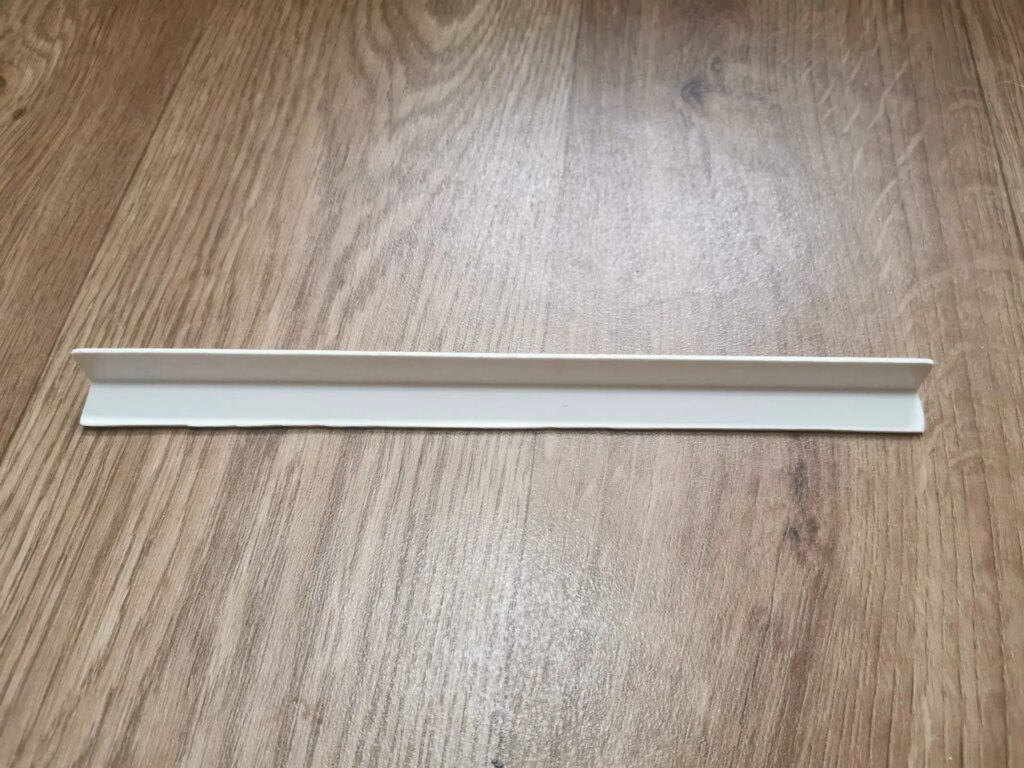
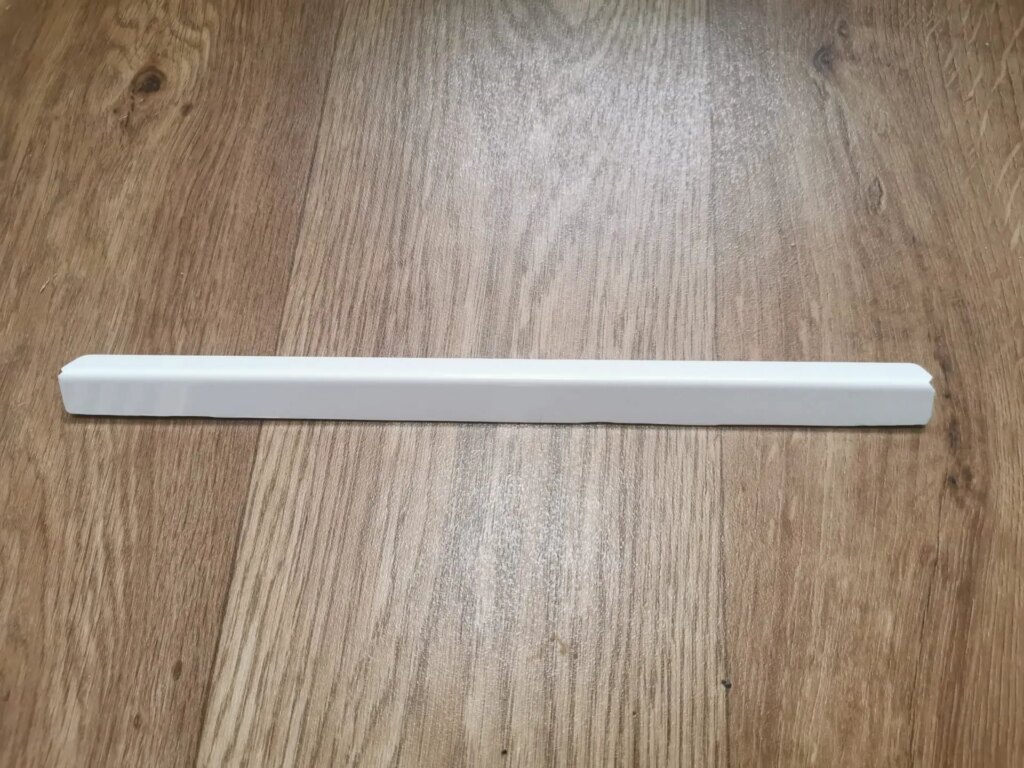
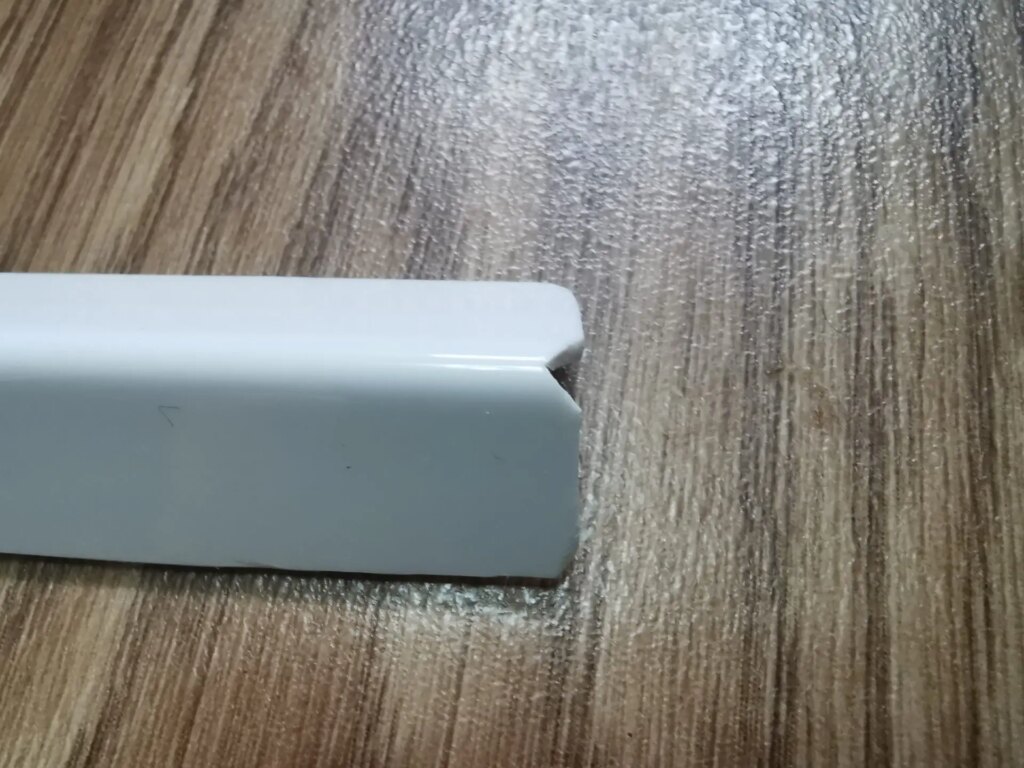
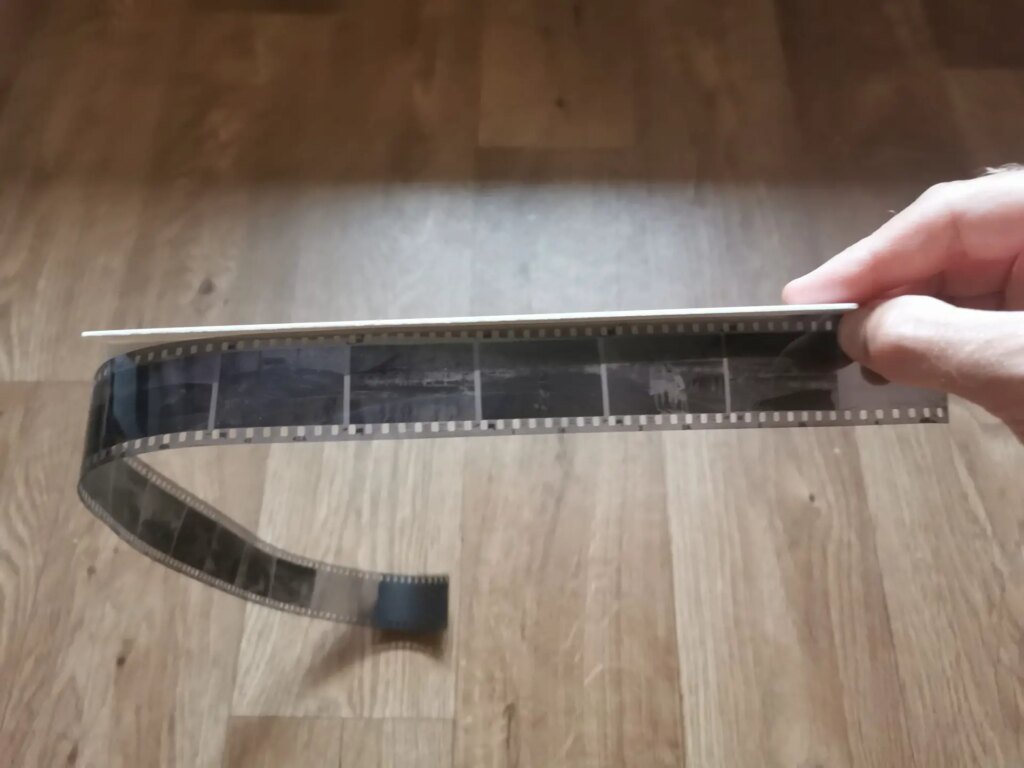
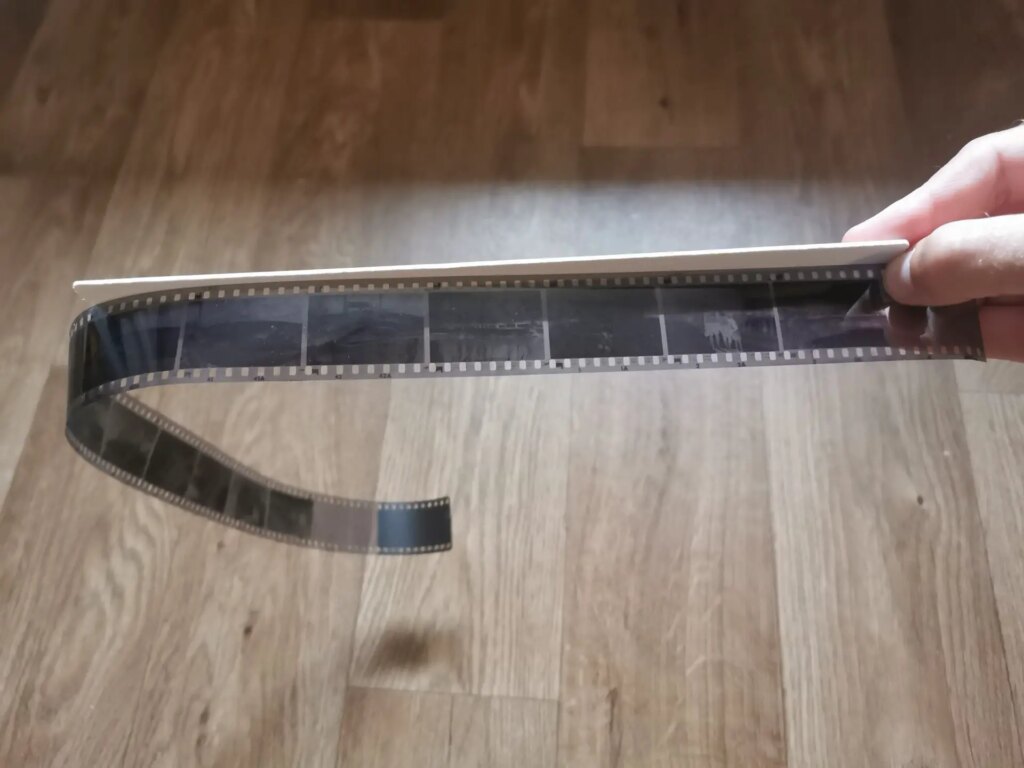
I’ve loaded many films in this way and only once or twice come up a frame or two short in camera. That’s probably just down to my fat sweaty hands not quite getting it right.
Speaking of sweat… during the recent heatwave in the UK I found that loading film this way wasn’t so easy. The ‘in bag’ temperature got so high whilst trying to measure out a 36exp roll that the film ended up with sweat moisture marks all over it. Eew!
Maybe better to try cotton gloves if the temp is high, or just go to a cool room if you have one. Fortunately for me this coincided with a lucky find on Ebay of a pristine condition Watson loader for a very reasonable price.
I still liked the idea though and thought it might be helpful for someone else. Happy loading!
Share this post:
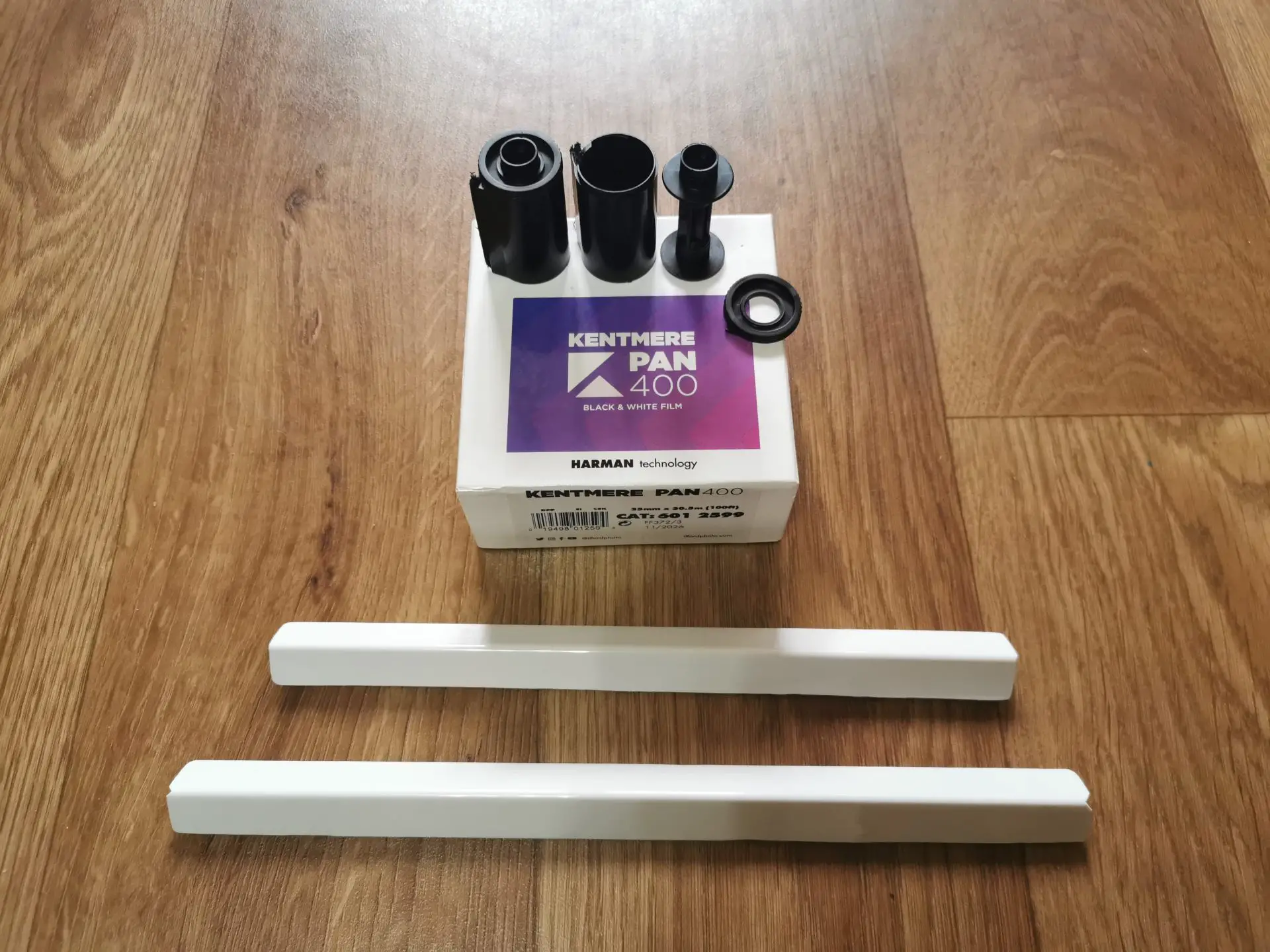








Comments
Sharon Levine on Low Cost Bulk Film Loading for Skinflints – By Robert Wilcox
Comment posted: 11/10/2022
Comment posted: 11/10/2022
Phil Harrison on Low Cost Bulk Film Loading for Skinflints – By Robert Wilcox
Comment posted: 11/10/2022
I too was a Medical Phographer but in the 2nd half of the 70's and into the 80's. We also used blue Diazochrome film, exposing and processing the film using an all in one box, smelly business. I remember the Diazo slides used to fade quite quickly once projected. I made up the text originals using an IBM electric golfball head typewriter with carbon ribbon, the drawings were with a Rotring pen. I think I used a Watson bulk loader for the lith film.
Comment posted: 11/10/2022
Leo Tam on Low Cost Bulk Film Loading for Skinflints – By Robert Wilcox
Comment posted: 11/10/2022
I may want to try your stick method with some double x!
Comment posted: 11/10/2022
Zheng Li on Low Cost Bulk Film Loading for Skinflints – By Robert Wilcox
Comment posted: 11/10/2022
Comment posted: 11/10/2022
Martin JONES on Low Cost Bulk Film Loading for Skinflints – By Robert Wilcox
Comment posted: 11/10/2022
Comment posted: 11/10/2022
Dan Castelli on Low Cost Bulk Film Loading for Skinflints – By Robert Wilcox
Comment posted: 12/10/2022